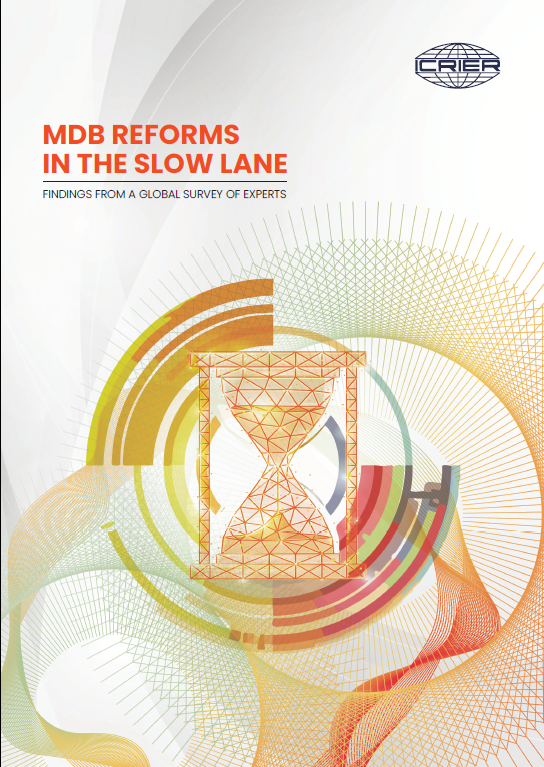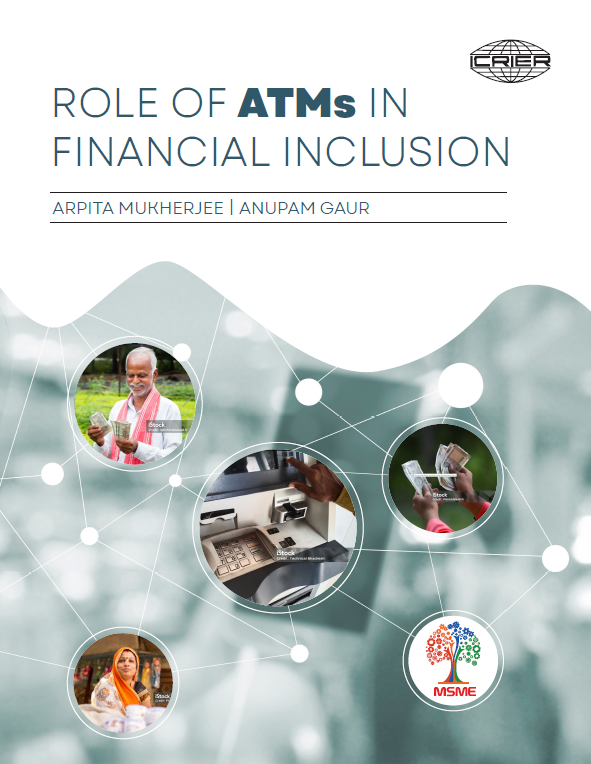
India is one of the fastest growing economies in the world and is home to over 1.3 billion people that comprise 17.6 per cent of the global population. It is likely to be the most populous country by the year 2030. Young Indians (those under the age of 30 years) account for nearly 60 per cent of the total population and, it is this group that can drive India towards a healthy knowledge-based economy. As a developing country, India continues to face challenges of ‘food security’ and ‘nutrition security’. As population grows, it becomes important not only to ensure ‘food security’ but also ‘nutrition security’, through the right diet consisting of an optimum mix of fruits and vegetables. A number of studies conducted by the World Bank, World Health Organization (WHO) and the Food and Agriculture Organization (FAO) have highlighted that a large number of Indians suffer from micronutrient deficiency as they are not eating the right quantity of fruits and vegetables. Indian Council for Research on International Economic Relations (ICRIER)’s own study—India’s Phytonutrient Report, based on the WHO’s recommended daily intake of fruits and vegetables, found gaps in consumption across urban rich and middle income groups, which is more acute for students than adults. Indian dietary pattern can be different from global consumers. To understand if the earlier findings are applicable using Indian dietary recommendations, this report is based on the National Institute of Nutrition (NIN) recommendations.






